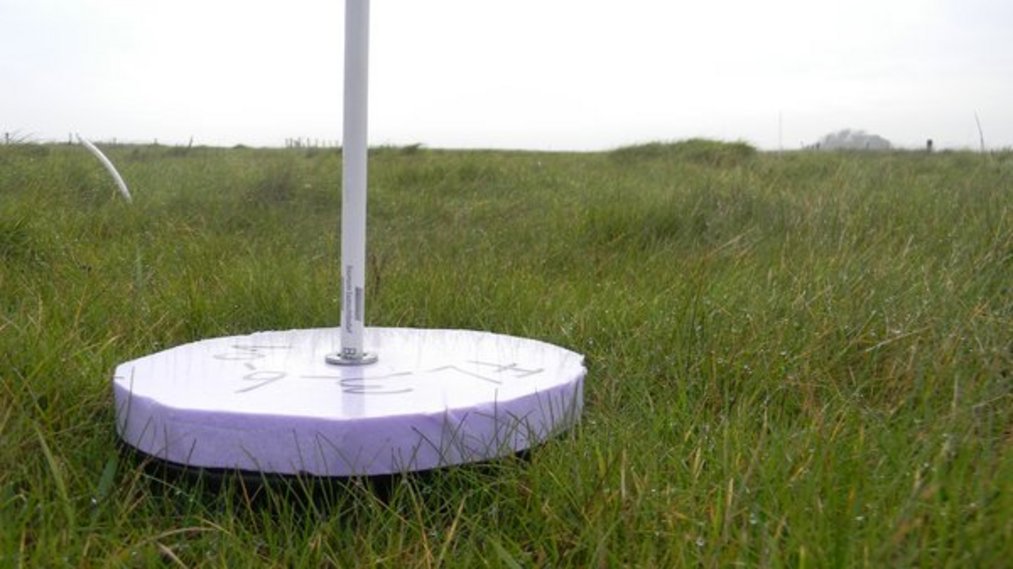WAMM
WAddensea Morphodynamic Marsh models (WAMM)
Salt marshes are coastal sedimentary systems which are important for wave attenuation and coastal protection. In general, many salt marshes can adjust to sea level rise (SLR), because increased inundation frequencies lead to enhanced sediment deposition and accretion. However, on a decadal time scale complex morphological responses of tidal marshes might evolve in times of global change due to spatial and temporal variable sediment deposition rates. Sediment deposition and accretion rates and patterns in salt marshes are affected by external environmental factors such as the tidal range, storm frequency and sediment supply, many of which will be altered by environmental change. Internal factors such as elevation and distance to the sediment source affect sediment deposition rates and patterns on the local scale. Additionally, vegetation was found to increase sediment deposition by reducing flow velocity. Increased sediment deposition and the resulting surface-elevation change in turn promote vegetation change and increase biomass production, which leads to more sediment trapping and thus to a positive feedback loop of sediment dynamics and vegetation.
Various morphodynamic models considering these factors have been proposed to predict changes in surface elevation of tidal marshes. These models reach from zero-dimensional point models to landscape scale models. Furthermore, both models based on empirical field measurements and statistical analysis, and physical models based on hydrodynamic equations are available. Many of these models also attempt to include the effect of vegetation on flow and sediment deposition. Yet, many biophysical interactions between marsh vegetation and hydro-morphological processes, and effects of heterogeneous vegetation patterns on sediment fluxes are poorly understood. For example, models mostly focus on homogeneous low marshes, but vegetation structure strongly differs between marsh zones and forms heterogeneous patterns. Most importantly, models generally assume that vegetation is static, while morphological marsh development is indeed also a main driver of vegetation succession, leading to changes in vegetation properties which in turn also affect sediment dynamics as outlined above.
We aim to improve morphodynamic marsh models by integrating feedback loops between sediment and vegetation dynamics for salt marshes in the Wadden Sea. These models will be better able to predict marsh response to different climate change scenarios (WP A/B). Furthermore, they will be a useful tool for decision making in the context of coastal protection measures (WP C).
In the first project-phase PhD-student Dennis Schulze will focus on empirical and physical modelling of sediment deposition and accretion. Following this project we aim to develop a predictive habitat distribution model for salt marsh vegetation which can then be integrated into the morphodynamic marsh models.

